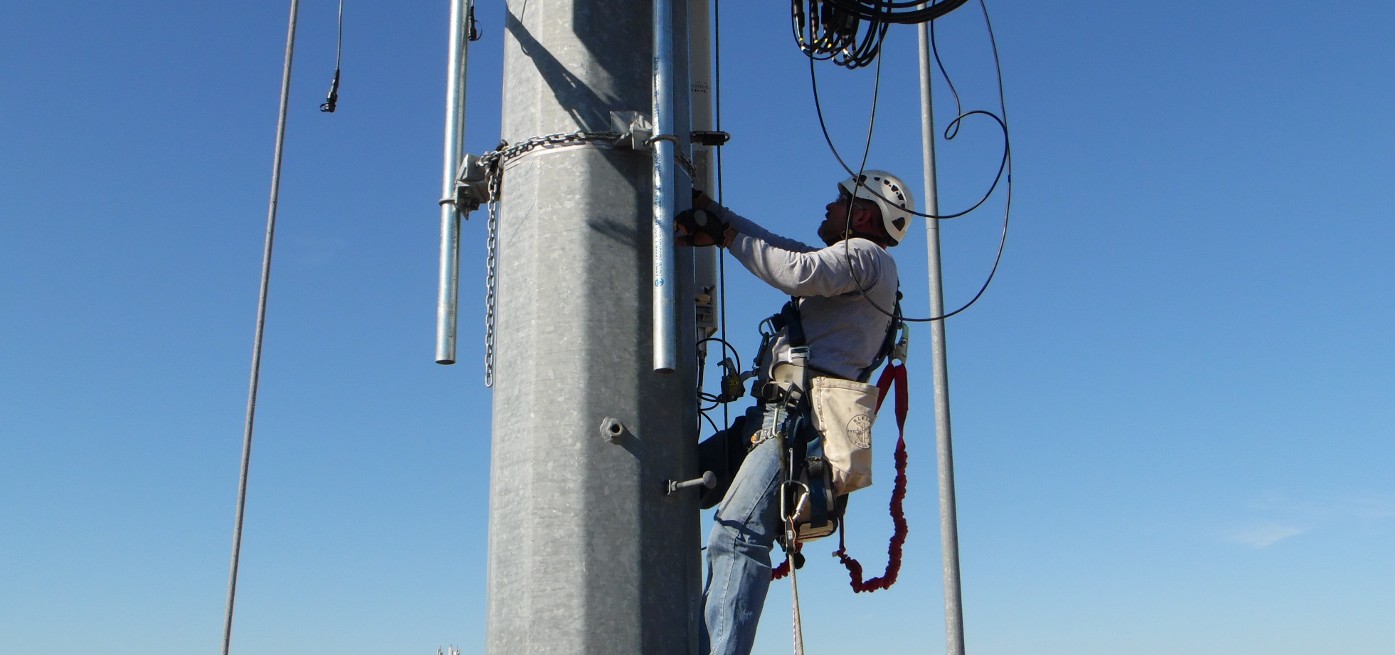
Buying Guide for Portable Signal Jammers
Key Takeaways Consideration Detail Product Weight Jammer Master’s portable jammers average 1.5Kg, significantly lighter than desktop models. Frequency Bands Capable of blocking multiple bands with
Free Worldwide Shipping & 1-Year Warranty!

In recent years, drones have gradually become a part of our everyday lives and have made significant advancements in various fields such as environmental monitoring, power inspections, disaster relief, aerial photography, and logistics. While the drone industry has experienced rapid growth and expanded functionalities, it is crucial to address the issue of accidents and safety concerns. This article explores the importance of regulation and countermeasures to prevent accidents caused by drones and ensure the healthy development of the industry.
To effectively regulate and control drones, various measures have been implemented in different regions. Some have developed applications that utilize mobile positioning data or other methods to intervene in drone operations. These applications enable real-time identification of no-fly zones, providing drone users with preventive measures to avoid accidental intrusions. These interventions play a vital role in minimizing the occurrence of safety incidents caused by drones.
While the implementation of regulations and intervention measures is essential, it is equally important to focus on accident prevention and safety. By continuously improving the management regulations for drones, particularly in terms of countermeasures, the industry can ensure the safe operation of drones and maximize their flight privileges. This approach strikes a balance between promoting the healthy development of the drone industry and mitigating potential risks.
The management regulations for drones are gradually being refined to adapt to the evolving industry. Specifically, countermeasures against unauthorized drone activities are becoming more mature. These regulations aim to establish a comprehensive framework that addresses safety concerns while allowing drones to operate within defined boundaries. By implementing these regulations, authorities can effectively manage and control the drone industry, ensuring the safety of both operators and the general public.
As drones continue to integrate into various aspects of our lives, it is crucial to prioritize safety and prevent accidents caused by their operations. Effective regulation and intervention measures, such as the development of applications utilizing mobile positioning data, play a significant role in ensuring the safe operation of drones. Furthermore, the continuous refinement of management regulations and the implementation of countermeasures are essential to strike a balance between industry growth and safety. By doing so, the drone industry can thrive while minimizing potential risks and ensuring the well-being of society as a whole.
Our frequency checker tool will help you check all frequency bands used in all country.

Key Takeaways Consideration Detail Product Weight Jammer Master’s portable jammers average 1.5Kg, significantly lighter than desktop models. Frequency Bands Capable of blocking multiple bands with

In an age where the sky is dotted with drones, the importance of drone jammers has never been more significant. From commercial deliveries to personal

Protect your vehicle’s location privacy with a professional guide on GPS jammers. From selection to legal considerations and installation tips, we’ve got you covered. Key

Understanding Signal Blocker: How It Works and Its Applications Signal Blockers are devices that can disrupt mobile phone signals, preventing them from connecting to base

The Application and Benefits of High-Power Signal Jammers Enhancing Signal Blocking Efficiency in Various Environments In today’s technologically advanced world, the need for effective signal

Considerations for Purchasing Exam Room Signal Jammers Ensuring Effective Signal Jamming for Exam Integrity As the year approaches its end, many schools are preparing for

The Importance of Monitoring and Signal Interference Measures During Examinations During examination periods, it is crucial to closely monitor the examination venues and their surrounding

Selecting the Appropriate Cell Phone Jammer for Theaters and Auditoriums Overcoming Challenges in Installation and Maximizing Signal Disruption The Importance of Cell Phone Jamming in

Remote Control of Cell Phone Jammers via Smartphone: A Possibility? With the rapid development of the Internet of Things (IoT), numerous smart home devices have